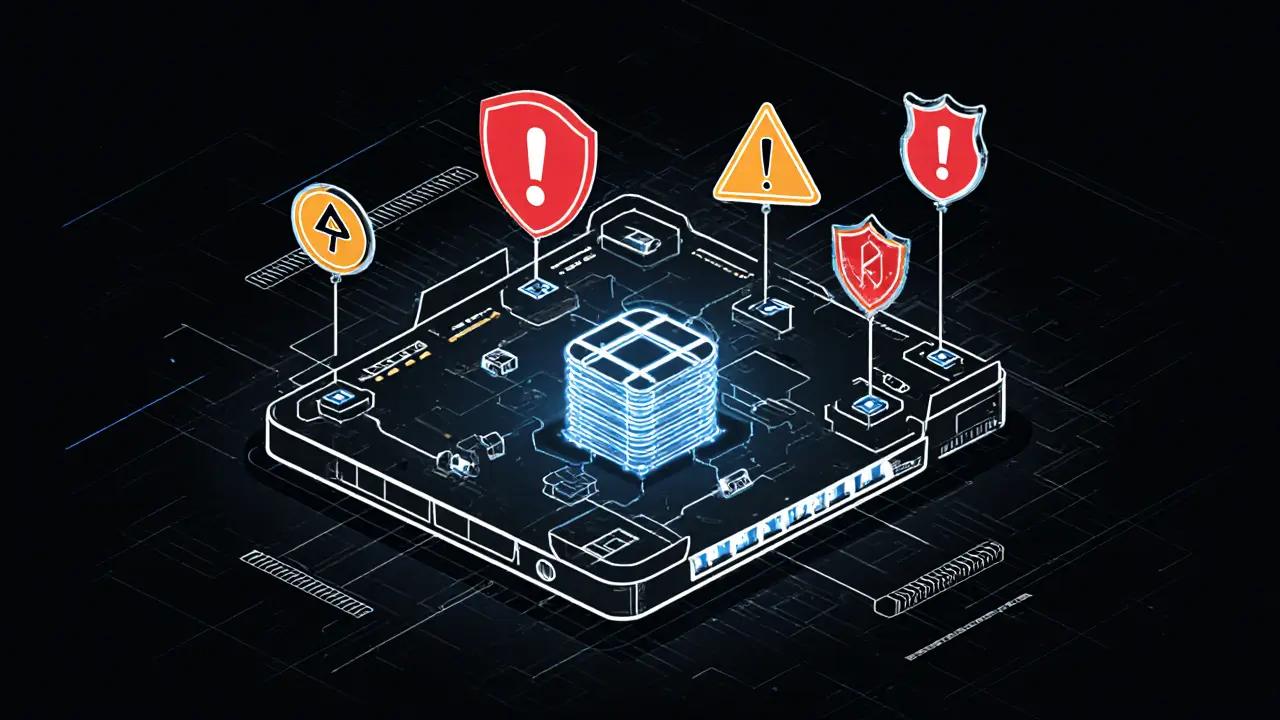Double-Spend Attack: How Crypto Fraud Works and How to Spot It
When you send cryptocurrency, you expect it to be gone from your wallet and confirmed in the receiver’s. But what if someone could send the same coins to two people at once? That’s a double-spend attack, a type of blockchain fraud where the same digital token is spent more than once. Also known as double spending, it’s one of the biggest threats to trust in decentralized networks. Bitcoin and other blockchains were built to prevent this — but it still happens, especially on smaller, less secure chains.
How does it even work? Imagine you have 1 BTC. You send it to a merchant for a laptop, and the transaction is pending. While that’s being confirmed, you quickly create a second transaction sending the same 1 BTC back to your own wallet. If the network accepts the second one first — or if you control enough mining power to rewrite history — the first transaction gets erased. The merchant gets nothing. This is why blockchain consensus, the system that lets nodes agree on which transactions are valid matters so much. Proof of Work and Proof of Stake exist to make these attacks too expensive or too slow to pull off. But on low-hash-rate chains, or during network splits, the risk jumps. That’s why most cryptocurrency security, the practices and protocols that protect digital assets from manipulation rely on multiple confirmations before a trade is final.
Real-world examples aren’t rare. In 2018, Bitcoin Gold suffered a 51% attack that let hackers double-spend over $18 million. In 2022, a smaller altcoin called Verge lost millions after a similar exploit. These weren’t theoretical — they were crashes that wiped out wallets and killed trust overnight. And they often follow the same pattern: a low-liquidity token, weak mining or staking power, and a sudden spike in trading volume. That’s why you’ll see so many posts here about fake airdrops, dead tokens, and sketchy exchanges. Most of them aren’t scams because of bad code — they’re scams because the underlying blockchain can’t stop a double-spend. If a token has zero trading volume, no team, and no security audits, it’s sitting ducks for this exact kind of fraud.
You won’t always see a double-spend attack coming. But you can protect yourself. Never trust a transaction with just one confirmation. Avoid trading tokens on exchanges that don’t list their security practices. And if a project promises instant rewards or no-fee trades with no explanation of how it prevents fraud — walk away. The posts below show you exactly how this plays out in real life: dead tokens, fake airdrops, and exchanges that vanish after stealing funds. They’re not random failures. They’re symptoms of a broken system. And if you understand how a double-spend attack works, you’ll know which ones to avoid before you lose anything.
How to Prevent 51% Attacks on Blockchains: Real-World Strategies for Network Security
Learn how 51% attacks work, why they target small blockchains, and what makes Bitcoin and Ethereum resistant. Discover real prevention strategies for users and developers.
VIEW MORE
